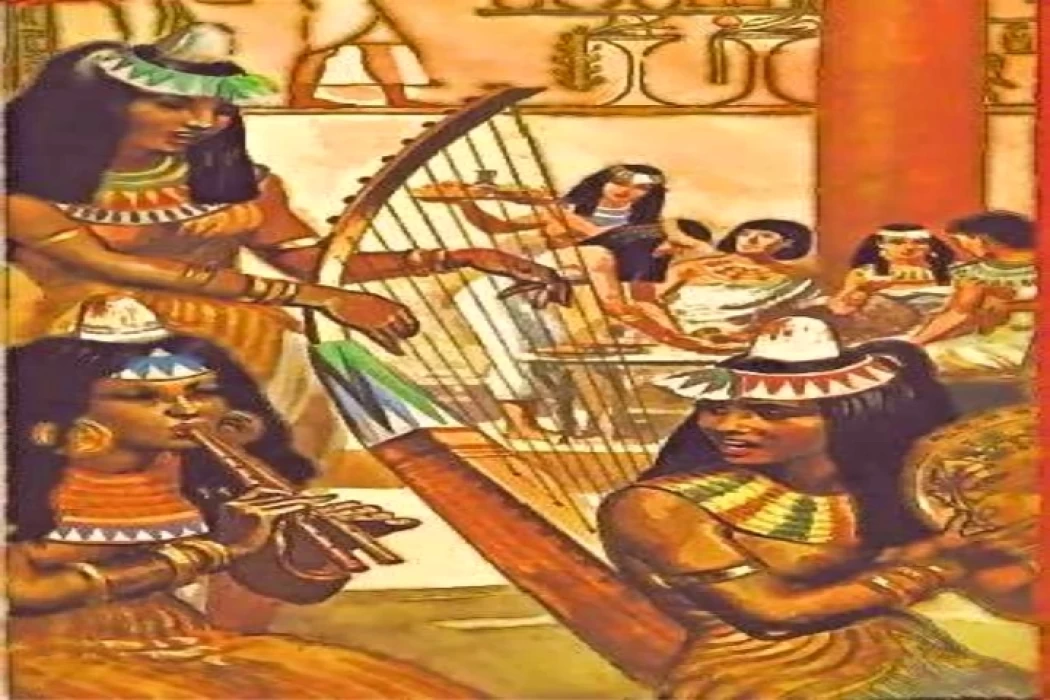
Music in the Ancient Egyptian Era
Music in the Ancient Egyptian Era
A recent study shows that ancient Egypt was home to many lyricists who mastered the art of music around 5,000 years ago. Ancient Egyptian musical songs and melodies may have been lost forever, but archaeologists have discovered evidence suggesting that skilled musicians existed at the time of the rise of ancient Egyptian civilization in 3100 BC.
Ancient tomb murals dating back more than 5,000 years indicate that Egyptians played a wide range of percussion and stringed instruments, and archaeologist and author Katarzyna Tatu told the Polish News Agency (PAP) that Egyptians played many musical instruments, some of which have survived: guitars, Egyptian flutes and clarinets.
Ancient Egypt music instruments
The ancient Egyptian knew music since prehistoric times, as the long flute “flute flute” appeared in prehistoric inscriptions, and the ancient Egyptians knew the “jingle” or what is called “Lyre” since the Fourth Dynasty and made the goddess “Hathor” their idol, and the Egyptians also knew the Egyptians knew instruments of all kinds such as woodwind, percussion, and stringed instruments.
The ancient Egyptians also knew instruments of all kinds, such as wind, percussion, and stringed instruments, the most important of which are the harp, oud, nay, flute, oboe, drum, sajas, clappers, and sistrums, most of which are still used in Egypt today, especially in the rural community.
Inscriptions bearing the names of musicians, minstrels, and painters appeared on the walls of temples and tombs, and there were musical bands for men only, and there were musical bands for women only, and the soloist and the soloist appeared, and men and women exchanged musical instruments, and men sang and women sang and danced as best they could Dancing and singing, to emphasize that even though the afterlife was their main concern, they enjoyed their world, so they sang and sang to them and spread the joy that enveloped the Egyptian civilization with this wonderful belonging to it, and this unique human society that did not touch violence neither in its heart nor in its mind.
The ancient and modern Egyptian peasant listened to music and singing while plowing, planting and harvesting the land, and the animals used in agriculture had a collar around their necks with some instruments that made music, adding that when architectural structures such as temples and tombs began, and sculptors, engravers and painters began practicing their work, as well as craftsmen, music and singing accompanied artists, workers and craftsmen as they performed their work.
Latest Articles
Admin
Aswan Governerate in Egypt
One of Egypt's southern governorates is Aswan Governorate. The city of Aswan serves as its capital. At a latitude of 22 north of the equator (also known as the Tropic of Cancer), it is bounded to the north by the Qena Governorate, to the east by the Red Sea Governorate, to the west by the New Valley Governorate, and to the south by the Republic of Sudan.
Admin
Luxor Governorate Egypt
The capital of the Arab Republic of Egypt is Luxor City, which was once known as "Thebes City" because it served as Egypt's capital during the Pharaonic era. It is situated in the South Upper Egypt region, approximately 670 kilometers from the capital Cairo from the south. It is bordered on the north by Qena Governorate, on the south by Aswan Governorate, on the east by Red Sea Governorate, and on the west by New Valley Governorate.
Admin
History of kafr El Sheikh Governorate
Kafr El Sheikh Governorate is an Egyptian governorate, located in the northernmost part of Egypt in the Nile Delta, with Kafr El Sheikh as its capital. It had a population of 3,172,753 in 2015 and an area of 3,748 km². Its entire area is located north of the delta and overlooks the Mediterranean Sea. The main economic activity of the residents of the governorate is agriculture and fishing, especially the southern lands of the governorate and the lands overlooking the Nile River - Rosetta Branch.
Admin
Egypt's New Administrative Capital
The New Administrative Capital is located between the Cairo-Suez and Cairo-Ain Sokhna roads, 60 km from Cairo and the same distance from Ain Sokhna and Suez. The New Administrative Capital is located on the border of Badr City, in the area between the Cairo-Suez and Cairo-Ain Sokhna roads, just after New Cairo, Mostakbal City and Madinaty.
Admin
Al Gharbia Governorate
Gharbia Governorate is one of the governorates full of archaeological sites, whether they are places or facilities (mosques, churches), as the governorate is a destination for visitors to these places throughout the year, whether they are Egyptians from the different governorates.
Admin
Hamata Islands (Qulaan Archipelago) in Marsa Alam
The Hamata area, south of Marsa Alam in the Red Sea, is one of the most important parts of the Wadi El Gemal Reserve, whether in the desert or the sea. It was named after the sorrel plant, which was distorted to Hamata.
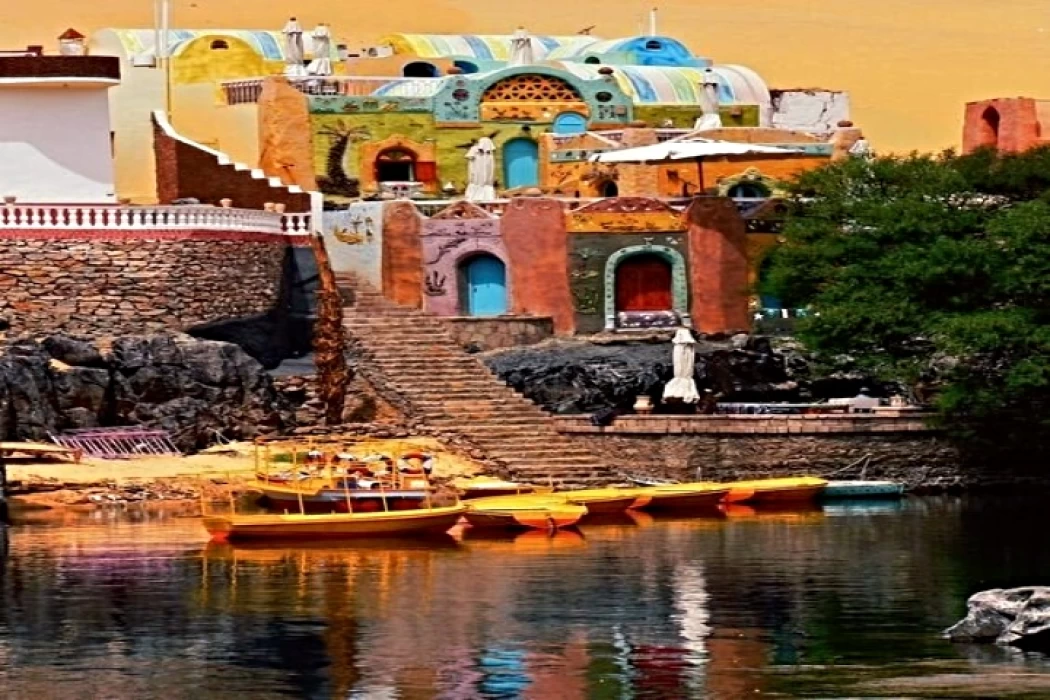
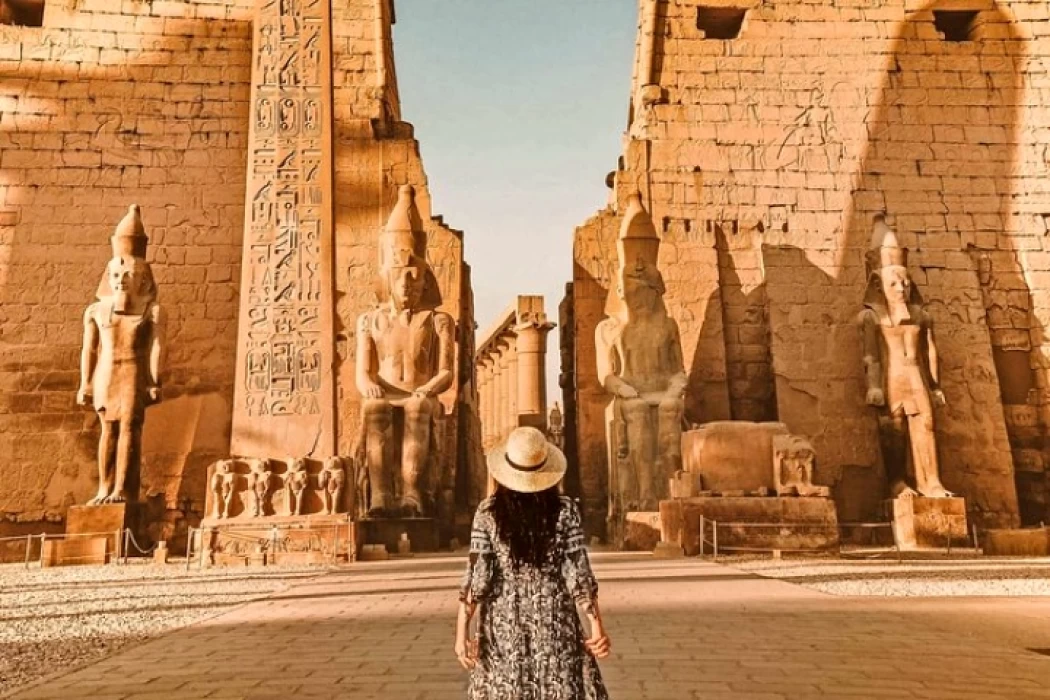

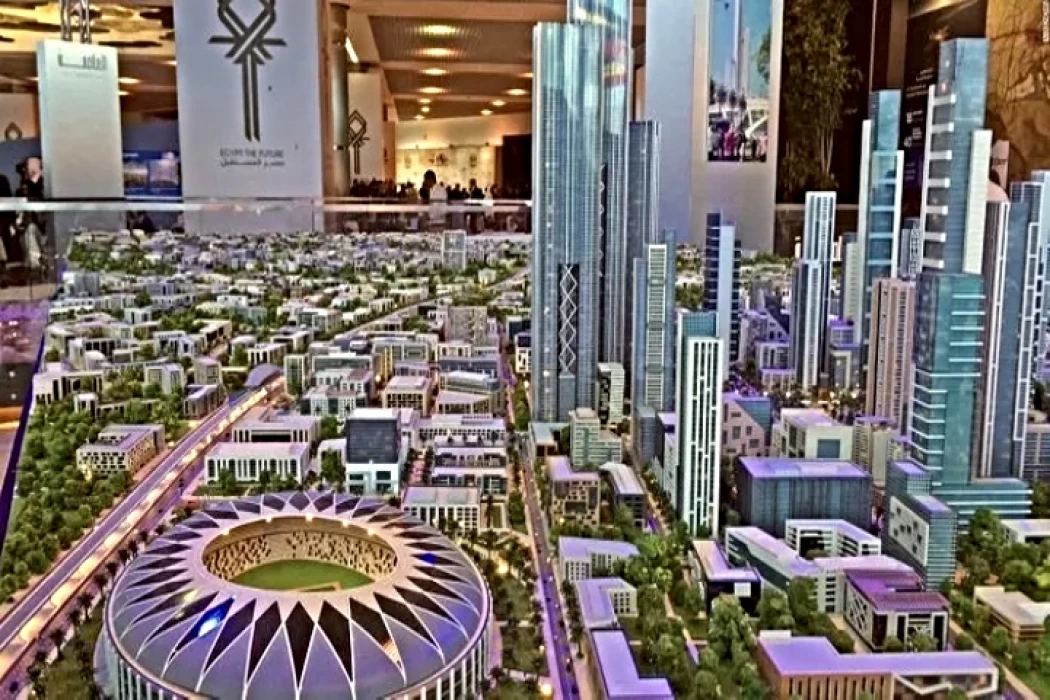


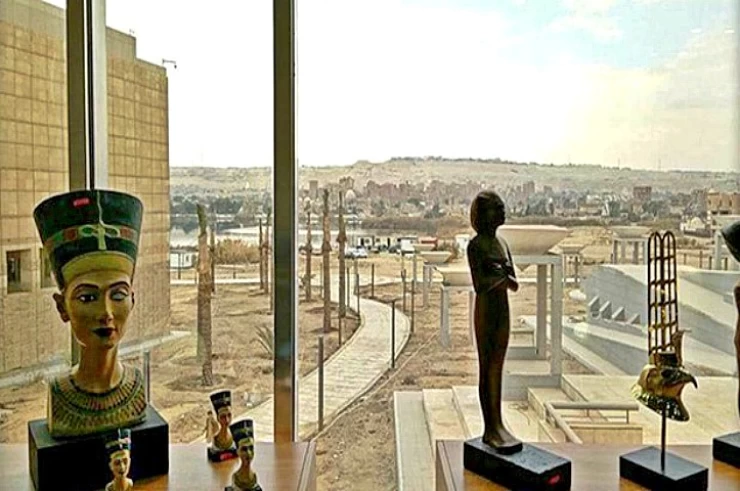
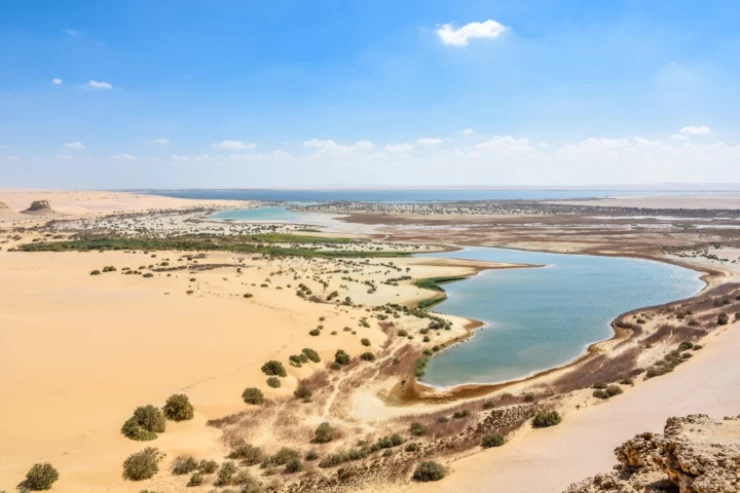
-webp.webp)







